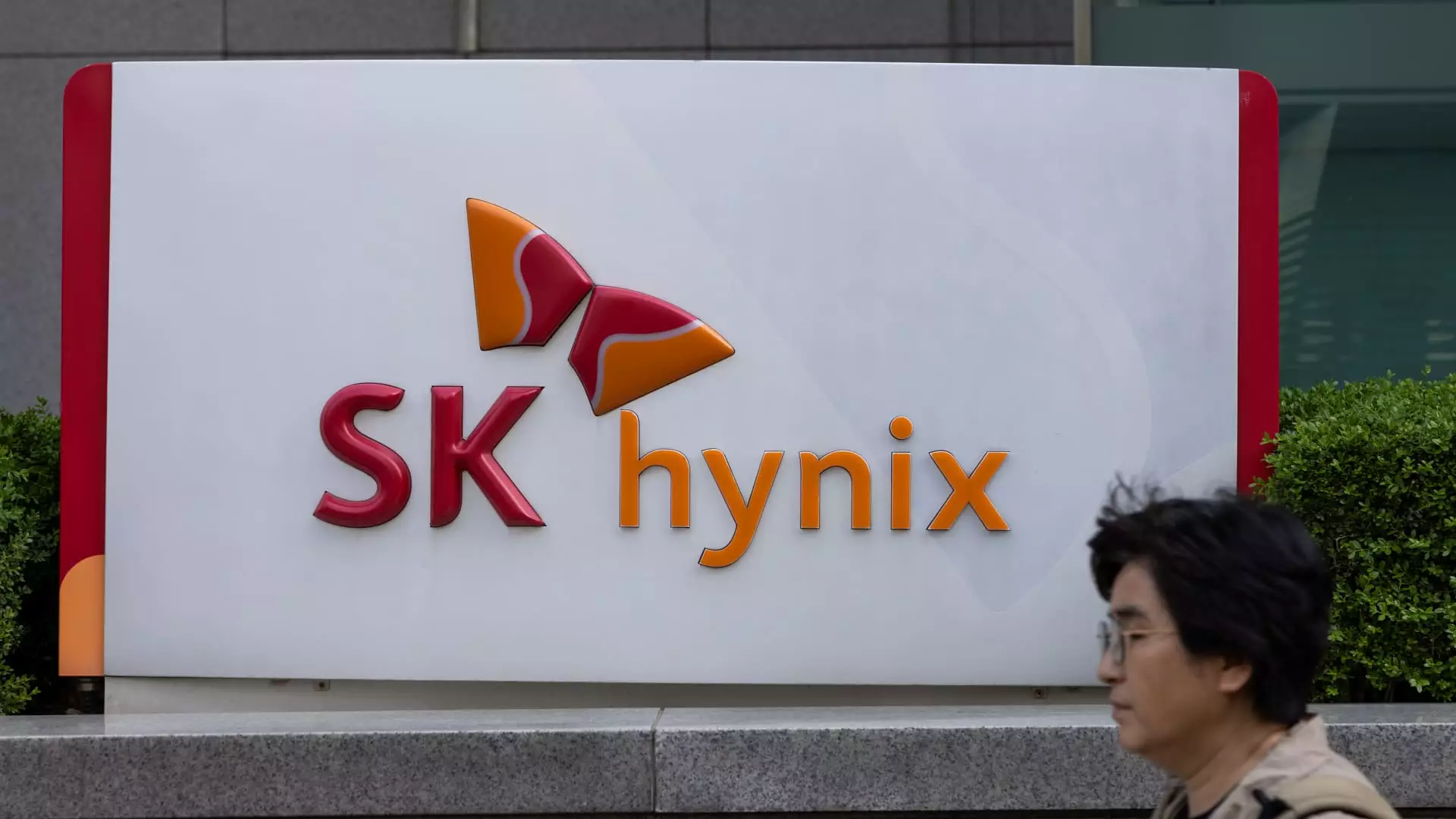In a noteworthy financial presentation recently, SK Hynix, one of the global leaders in memory chip production, announced extraordinary quarterly earnings, propelled primarily by burgeoning sales of high bandwidth memory that are instrumental in the functioning of generative AI chipsets. The company’s strong financial performance covers a remarkable increase in revenue and profit, yet its stock price did not mirror that optimism, dipping by 2.7%. This divergence raised eyebrows, especially given the elaborate array of challenges anticipated in the sector going forward into 2025.
The Chief Financial Officer of SK Hynix, Kim Woohyun, flagged concerns about the future demand for memory, highlighting pivotal elements such as inventory corrections among manufacturers of PCs and smartphones, amplified protective trade policies, and the broader risks linked to geopolitical tensions. These factors collectively cloud the horizon for memory demand, making stakeholders wary about the sustainability of current strength in sales performance despite the upswing.
Examining SK Hynix’s fourth-quarter results reveals a company that has not only thrived but set new records. The revenue for the quarter reached a staggering 19.77 trillion won (about $13.7 billion), albeit slightly below analyst expectations of 19.91 trillion won. On the operating profit side, SK Hynix reported a remarkable figure of 8.08 trillion won ($5.6 billion), surpassing the forecast of 8.02 trillion won. The dramatic year-on-year comparisons showcase a revenue increase of approximately 75% from the previous year’s quarter, accompanied by a jaw-dropping rise of 2,236% in operating profit.
This relentless growth can largely be attributed to an unprecedented boom in demand for artificial intelligence servers, particularly as SK Hynix plays a significant role as a supplier to reputable AI chip designer Nvidia. Their quarterly success culminates a year of similar upward trajectories for the company, breaking records previously set in 2022 by over 21 trillion won in cumulative revenue.
At the core of SK Hynix’s triumph lies its world-leading technology in high bandwidth memory (HBM), which integrates chips in vertical stacks for optimized space utilization and reduced power consumption. Alongside industry rivals Micron Technology and Samsung Electronics, SK Hynix has positioned itself strategically to capitalize on evolving industry demands. The introduction of advanced technologies is essential as the memory market transitions from a traditional commodity-based framework towards a more customized approach emphasizing quality and performance.
Kim Woohyun elaborated, pointing towards a general trend within the memory industry that seeks to deliver high-performance products tailored to specific market needs rather than just competing on volume and price. The implication here is that as companies increasingly invest in cutting-edge AI technologies, SK Hynix anticipates a continuous uptrend in demand for both high bandwidth memory and dynamic random access memory (DRAM) products.
The company’s forward-looking statements echo mixed sentiments about the future. On one hand, during their earnings call, management hinted at a potential “slight increase” in capital expenditure in 2025 relative to prior years, indicating confidence in sustained technological investment. On the other hand, the uncertainty surrounding demand in 2025 triggered caution among analysts, who remain skeptical until clearer indicators emerge.
Despite the concerning horizon, SK Hynix remains positive, projecting that sales of HBM and DRAM products will continue to flourish as larger technology firms ramp up spending on AI-related infrastructure. Furthermore, they anticipate growth in the consumer market for PCs and smartphones embedded with AI capabilities, particularly during the second half of the year.
While SK Hynix’s recent financial results paint a picture of unprecedented success driven by advancements in AI technology, the cautious forecasts underscore the intricate balancing act the company must navigate. The evolving memory market poses both opportunities for expansive growth and challenges linked to fluctuating demand and external economic factors. Moving forward, stakeholders will be keenly observing SK Hynix’s strategies as it aims to maintain its competitive edge in a rapidly transforming landscape.


Leave a Reply